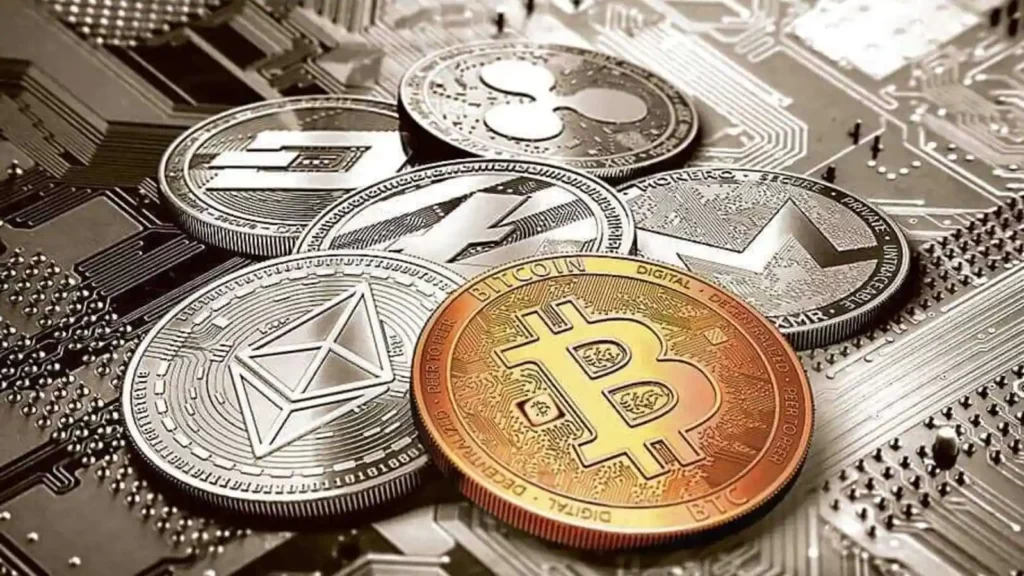The introduction of bitcoin to the physical world is one of the benchmarks in the time of the digital revolution. Digitally, everything that is possible, most spectacular is the generation of funds and money. This fact is completely supported by bitcoin and other cryptocurrencies. The invention of bitcoin was done in the year 2009 when a programmer named Satoshi Nakamoto came up with the idea of decentralized currencies. The reason behind the introduction of such kinds of currencies was to remove the monopoly and single-handed authorities of government and other financial ministries. Start your Bitcoin investment with a reputable trading platform like bitql.

The white paper delivered in public by the anonymous user had the principles and protocols related to the working of bitcoin and as soon as its popularity increased, more users started associating themselves with the digital currencies. In this article, we are going to discuss some of the crucial and key concepts that form the basis of the largest crypto chain which is bitcoin. So, let us start the journey!
Centralized and decentralized currency
In the physical world, all the money-making, circulation, continuity, or discontinuing of the currencies, all these decisions are taken by an upper body that is called the Central Bank. Every country in this world has a central bank that is responsible for making principles and other rules related to the circulation of that country’s currency. Other authorities taking their roles can be the finance ministers and other people. Thus, the government has control over the holdings and the currency in circulation. But, in the case of cryptocurrencies, everything discussed above vanishes completely. There are no central banks, no ministries and there is nothing that can control the circulation of these assets either in holdings or in circulation. The decentralized type of economy is mostly preferred by its users as they can easily evade the policies of governments and can lead their way to their taste.
Devoid of intermediaries
In the physical world, we have seen the role of third-party in money-making policies and their circulation-related processes. The intermediates discussed here are in the form of banks and they are responsible for all the transactions. In the case of digital means, the transactions require no need of a body like a bank to happen. One necessary thing is the network and the availability of a smart screen in the form of computers or smartphones. The credit and debit happening over the platform are done in the form of digital assets being credited or debited to digital wallets, easily and digitally. Thus, the entire bitcoin network along with other cryptocurrencies is disintermediated.
Distribution of storage and information
The Bitcoin network is known by another name and that is a peer-to-peer or P2P network. The peers discussed here are in the form of computers or nodes sharing a common platform of sharing information, power, and storage over the digital network. The network is supported by robust technologies in the form of blockchain which is regarded as the most powerful in the field of security or storage. The bitcoin network knows no boundary and the assets can be accessed from any part of the globe and even outside the Earth! If you have the internet and you have the device to access it you can make operations on the digital network.
Lack of trust
Despite having better features, the network is often regarded as trustless due to the factor of volatility in the buying and selling processes. A coin that is valued in million can be of no value by the end of the day or can be at new heights due to this factor of volatility. This is the reason one should be cautious while investing in crypto.







Leave a Comment
You must be logged in to post a comment.